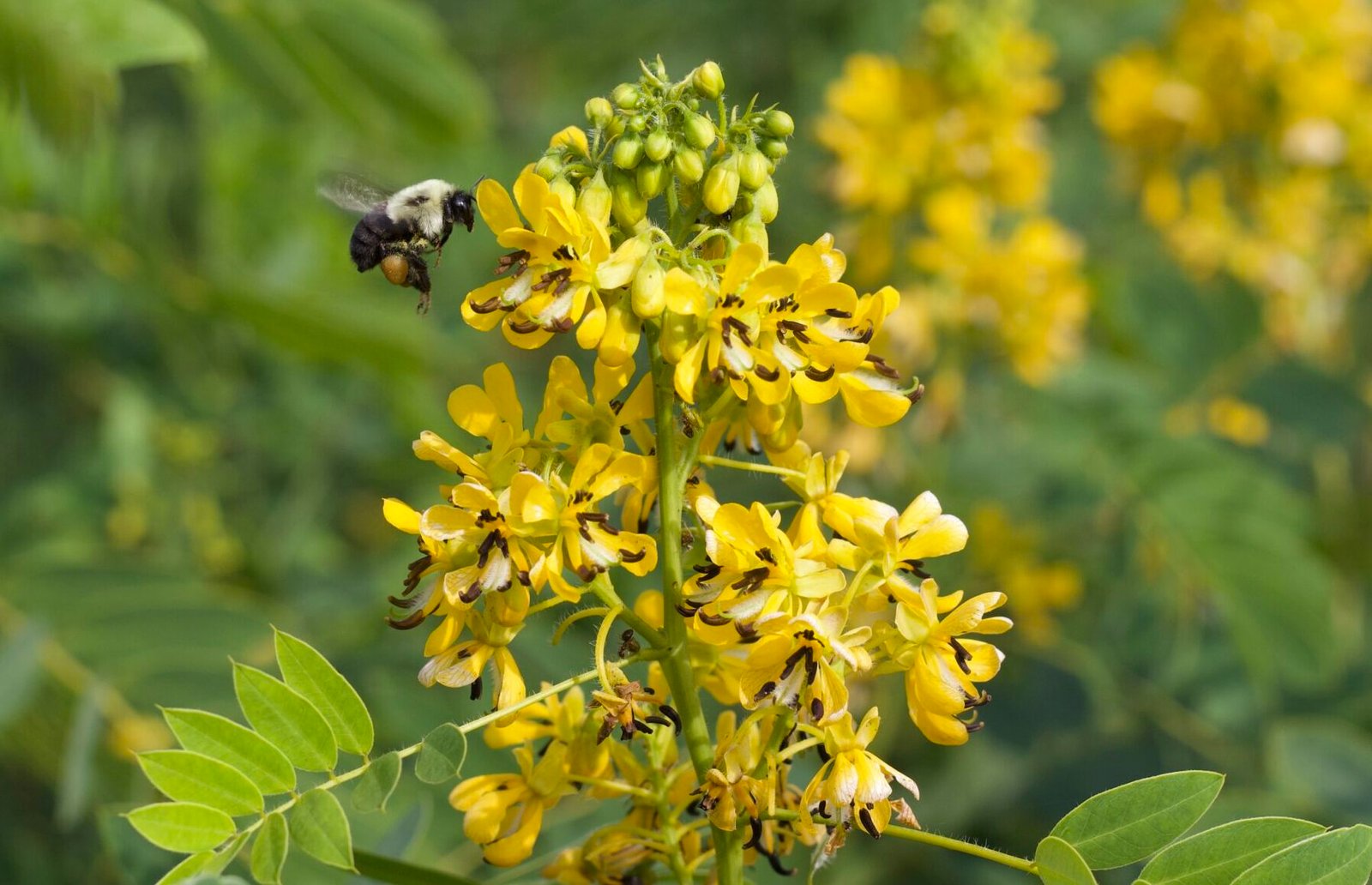Weird, Rare, and Full of Personality
Not every native flower is loud or showy — some are just plain weird. Others are quiet charmers, rare sightings, or plants that look like they wandered in from another ecosystem. In this lineup, we’re celebrating native wildflowers that don’t fit the mold — plants with personality, seasonal interest, and solid pollinator value.
Because every great garden has its eccentrics — and let’s be honest, so do we.
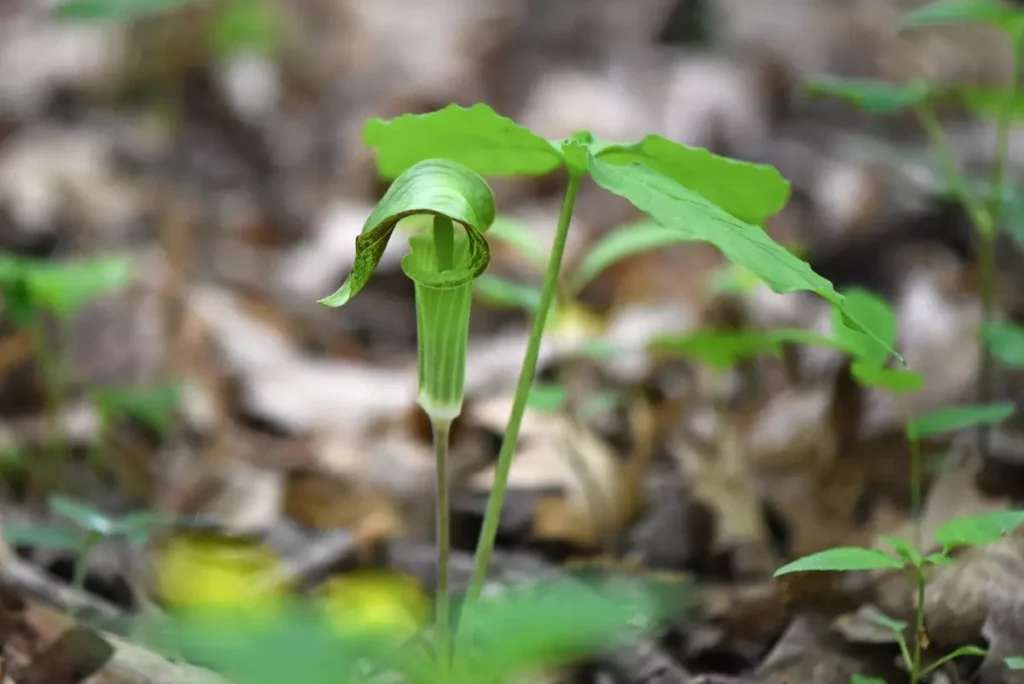
1. Jack-in-the-Pulpit (Arisaema triphyllum)
Family: Araceae
Common Names: Jack-in-the-Pulpit, Bog Onion
Height: 1–2′
Bloom Time: Spring (April–June)
Flower Color: Green with burgundy or purple striping
Native Region: Eastern North America
Hardiness Zones: 4–9
Growing Conditions:
- Sun: Shade to part shade
- Soil: Rich, loamy
- Moisture: Medium to moist
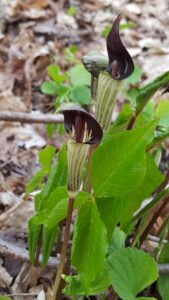
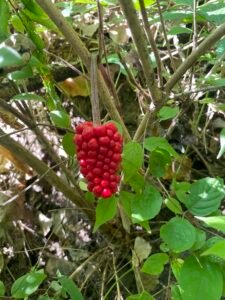
How to Grow:
Grows from a corm and prefers wooded, moist areas. Plant in a shady spot and leave leaf litter intact for best results. Will naturalize over time.
Wildlife Value:
Attracts gnats and small flies for pollination. Produces bright red berries in late summer that feed birds and small mammals.
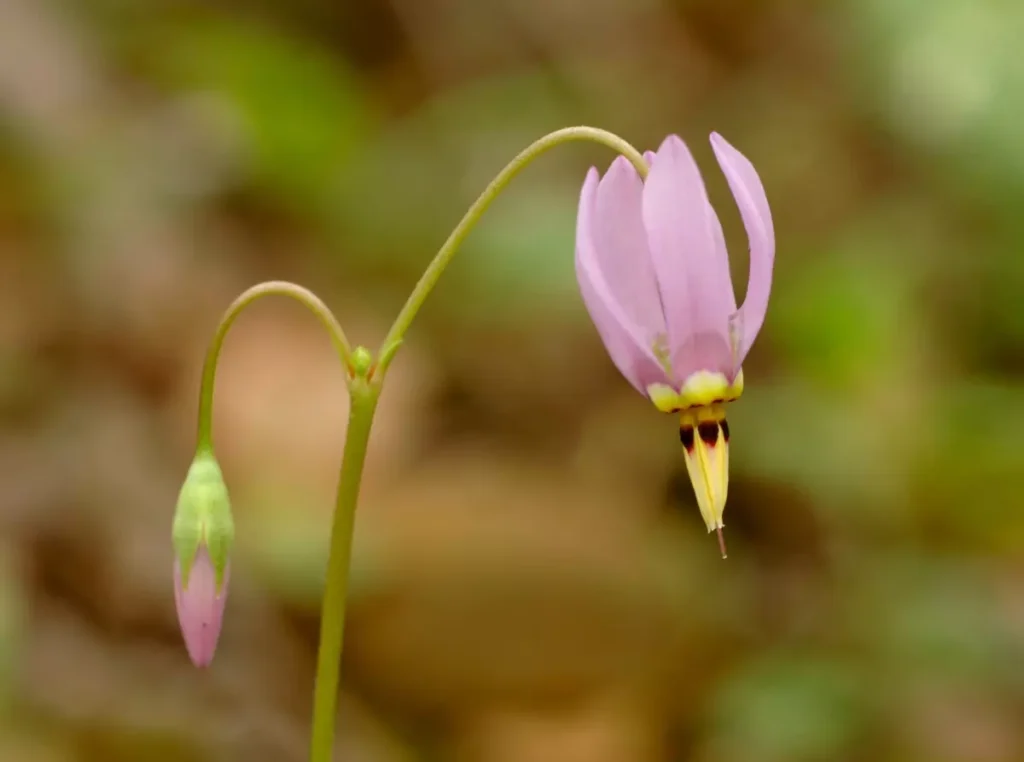
2. Midland Shooting Star (Dodecatheon meadia)
Family: Primulaceae
Common Names: Shooting Star, Pride of Ohio
Height: 1–2′
Bloom Time: Late spring
Flower Color: Pink to lavender with reflexed petals
Native Region: Midwest and Eastern U.S.
Hardiness Zones: 4–8
Growing Conditions:
- Sun: Part shade to light sun
- Soil: Average to rich, well-drained
- Moisture: Medium
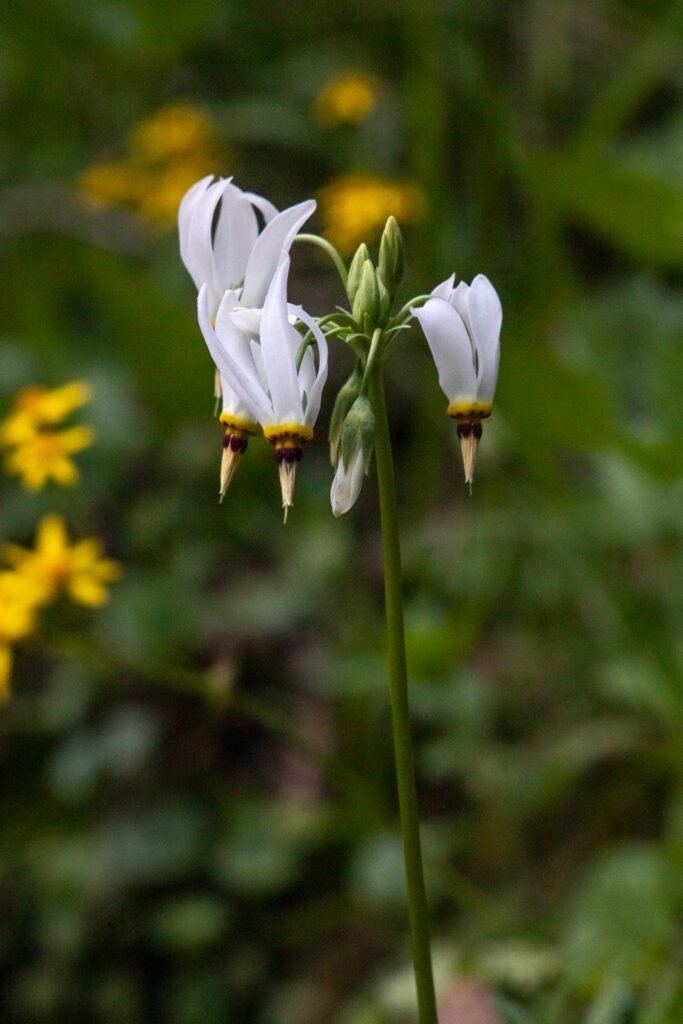
How to Grow:
Plant in well-drained soil with spring sun and summer shade. Goes dormant after blooming. Best started from seed or bareroot stock in fall.
Wildlife Value:
Pollinated primarily by bumblebees using buzz pollination — a rare and specialized technique.
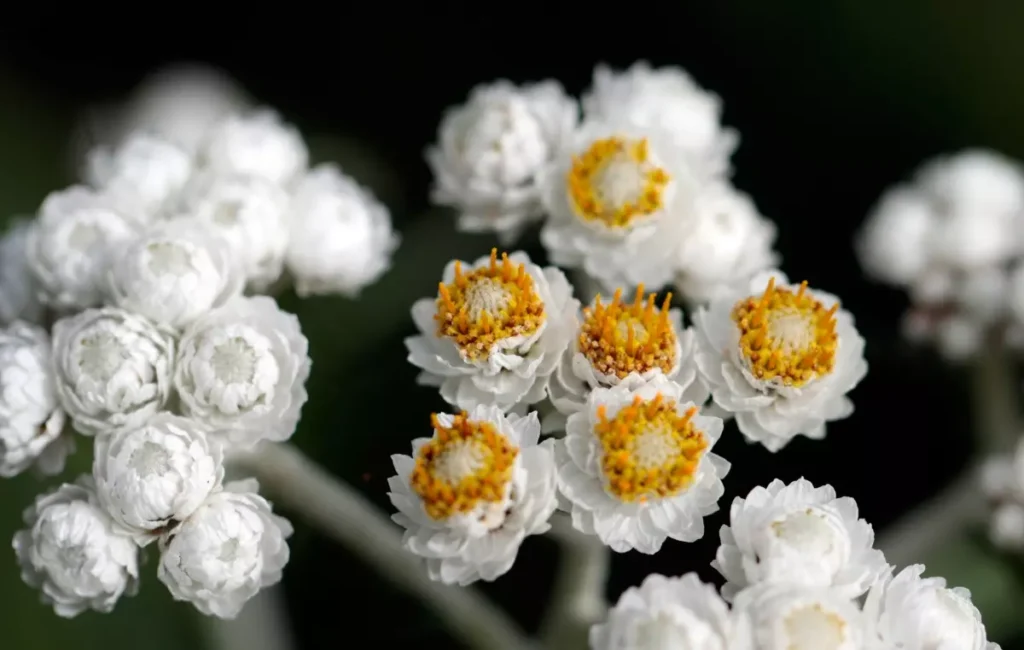
3. Pearly Everlasting (Anaphalis margaritacea)
Family: Asteraceae
Common Names: Pearly Everlasting
Height: 1–3′
Bloom Time: Mid to late summer
Flower Color: White with yellow centers
Native Region: Northern U.S. and Canada
Hardiness Zones: 3–8
Growing Conditions:
- Sun: Full sun to part shade
- Soil: Well-drained
- Moisture: Dry to medium
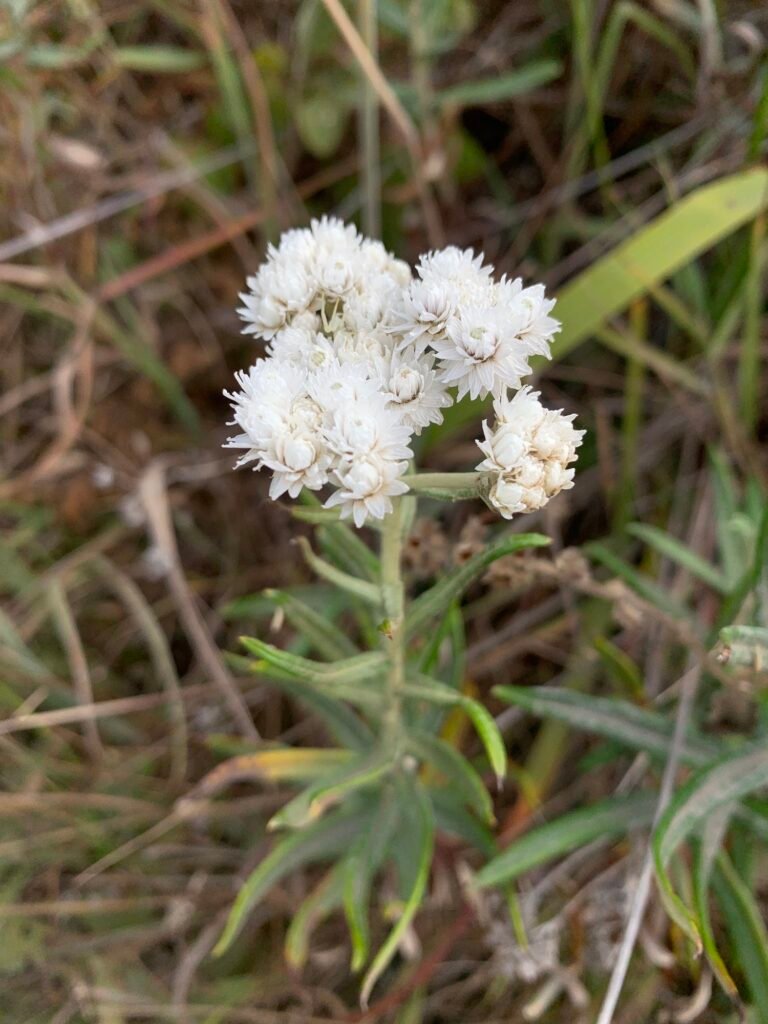
How to Grow:
Very easy to grow from seed. Drought-tolerant, spreads gradually. Great for dry meadows and naturalized areas. Can be used as a cut or dried flower.
Wildlife Value:
Host plant for the American Lady butterfly. Flowers attract small bees and butterflies. Fuzzy leaves deter browsing.
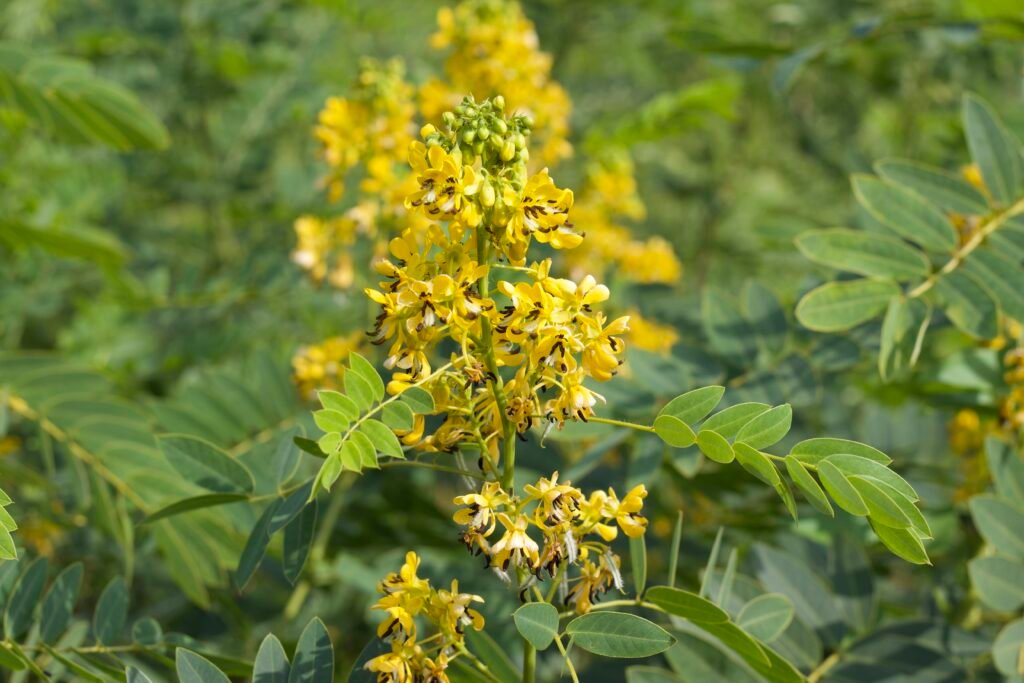
4. Wild Senna (Senna hebecarpa)
Family: Fabaceae
Common Names: Wild Senna
Height: 3–6′
Bloom Time: Midsummer
Flower Color: Yellow
Native Region: Eastern and Central U.S.
Hardiness Zones: 4–7
Growing Conditions:
- Sun: Full sun to part sun
- Soil: Average to rich, well-drained
- Moisture: Medium
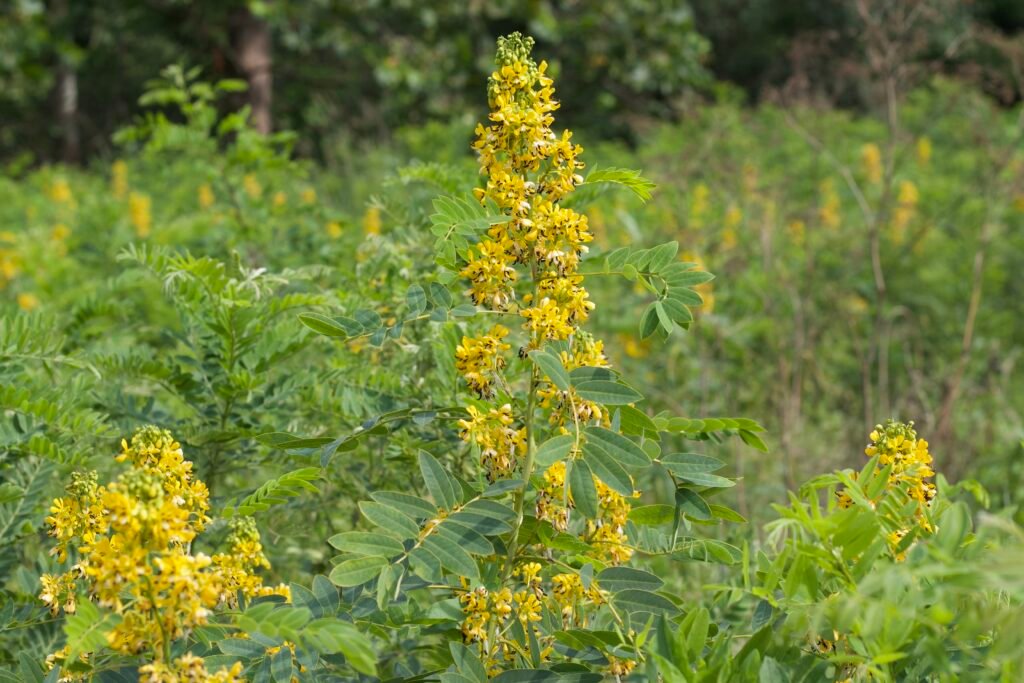
How to Grow:
Best from stratified seed or plugs. Forms a tall, bold clump with compound foliage. Excellent for prairie edges or pollinator strips.
Wildlife Value:
A host plant for multiple Sulphur butterfly species. Flowers are mostly pollinated by bumblebees, which pry open the blooms. Also fixes nitrogen in the soil.
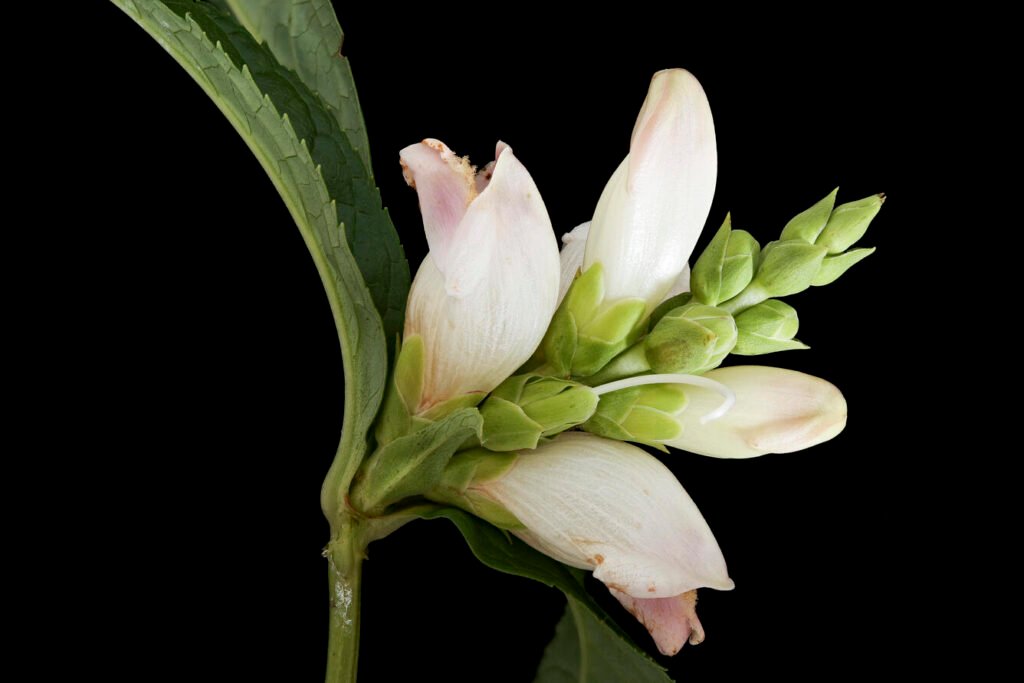
5. White Turtlehead (Chelone glabra)
Family: Plantaginaceae
Common Names: White Turtlehead
Height: 2–4′
Bloom Time: Late summer to early fall
Flower Color: White (sometimes tinged pink)
Native Region: Eastern and Central U.S.
Hardiness Zones: 3–8
Growing Conditions:
- Sun: Part shade to full sun
- Soil: Rich, moist, well-drained
- Moisture: Medium to wet
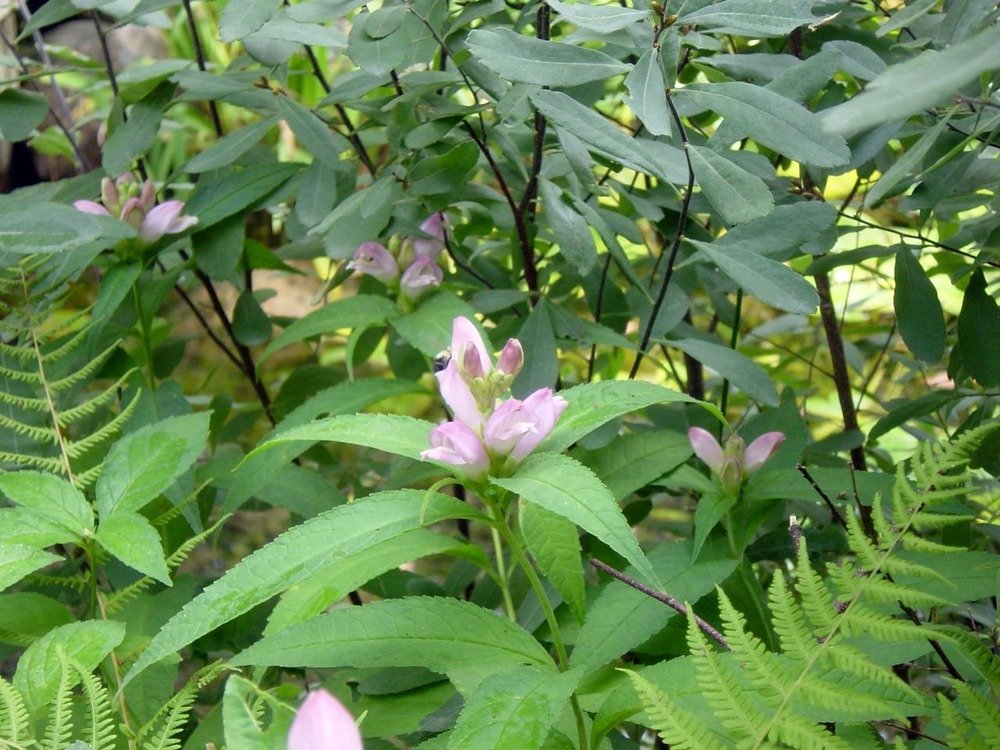
How to Grow:
Best suited for moist borders, rain gardens, or woodland edges with consistent moisture. Can be started from seed or plugs. Upright and tidy, it plays well in formal or wild settings.
Wildlife Value:
Host plant for the Baltimore Checkerspot butterfly, and a favorite of bumblebees, which force their way into the closed blooms. Provides late-season nectar in shady spots where most other plants are winding down.
Final Thoughts
These five plants bring something different to the garden — not just in how they look, but how they feel. Whether it’s the shade-loving mystery of Jack-in-the-Pulpit or the deep summer presence of Wild Senna, each one adds character and supports native biodiversity.
Stay tuned for Part 3: Understated, Wild, and One-of-a-Kind, where we explore subtle, structural plants that hold a garden together and speak softly — but carry a strong ecological impact.
Check out the hive
The Hive is a personalized native plant database, curated from scientific resources and tailored to your exact ecoregion. It offers detailed growing information for over 75 species.

